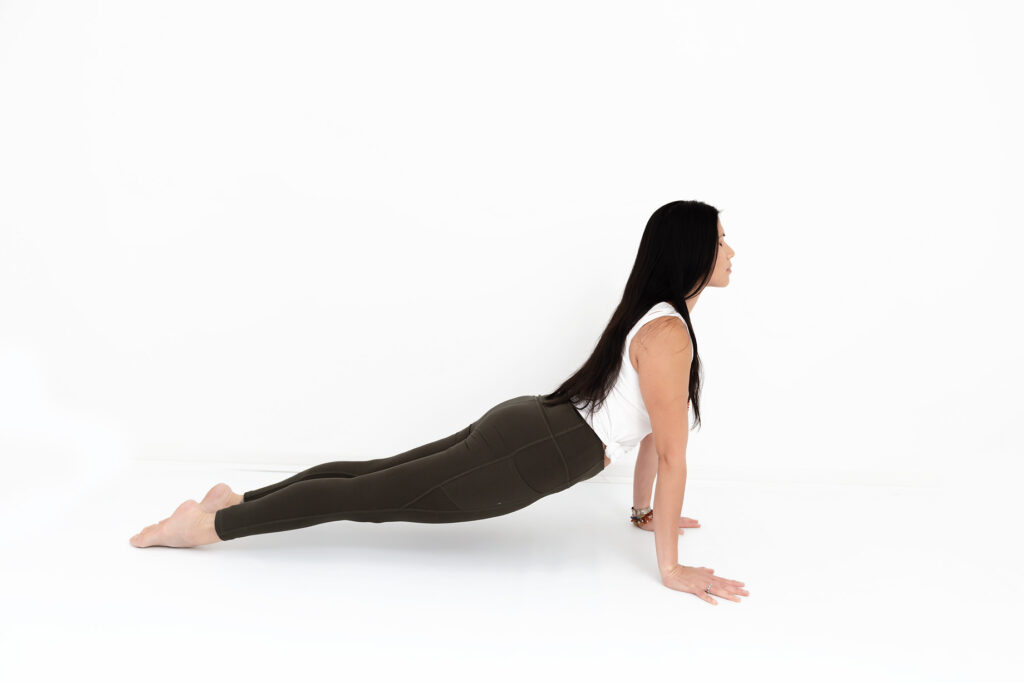You may think that the ache in your back or stiff neck is a result of muscular pain or sore joints. But these aches and pains could be caused by a little-known part of our bodies that very few people have heard of – the fascia. So, what is fascia?
In short, fascia is connective tissue. It surrounds our body parts, from organs and muscles to blood vessels and bones, holding together our entire body. Although fascia looks like one sheet of tissue, it’s actually made up of multiple layers with liquid in between called hyaluronan. You can think of fascia as being like a table cloth; if you pull on one corner of the tablecloth, it can change the position of everything else on the table.
Which is why fascia is designed to stretch as you move. When fascia is healthy, it’s flexible, supple and glides. But there are certain things that cause fascia to thicken, become sticky, clumpy and tight. When it dries up and tightens around muscles, it can limit mobility, form adhesions and cause distortions such as painful muscle knots to develop.
There are many factors that can cause our fascia to become unhealthy including:
- A lifestyle of limited physical activity
- Poor posture
- Repetitive movement that overworks or injures one part of the body
- Trauma such as surgery or injury
- Dehydration
- Unhealthy eating habits
- Poor sleep
- Stress
Fortunately, there are a number of easy and effective ways to keep your fascia healthy and flexible including:

- Incorporate more movement into your day: In addition to a consistent but varied exercise routine, it’s important to incorporate incidental exercise into your day, such as taking the stairs or getting up to speak to someone rather than making a phone call.
- Stretch regularly: Stretching that elongates your muscles can help you release tension in your muscles, which is one element of fascia. For best results, try holding stretches for 30 seconds to 1 minute, but don’t force yourself into a deepness or position that causes pain.
- Try Yoga: Yoga has many health benefits but it can help keep your fascia healthy by improving both your flexibility and balance, as well as strength. Making time for a few yoga sessions each week may also provide complementary mental benefits like lower stress and anxiety levels.
- Check your posture:Try to maintain good posture while sitting or standing. Slumping over a desk or hunching to look at your phone screen can cause your fascia to tighten.
- Stay Hydrated: Keeping yourself hydrated by drinking plenty of water helps to keep your fascia healthy and supple.
If you do experience fascia pain, there are various remedies to help loosen adhesions and distortions including:
- Heat therapy: Try applying a heat pad to the affected area, taking a warm shower or bath or visiting the sauna.
- Foam rolling: A foam roller is a cylinder of hard foam that you roll your body over to release tension. While foam rolling, when you hit a trigger point or tight spot, sit and work on that spot for 30 to 60 seconds as it slowly dissipates. Over time this will help restore the fascia to optimal health.
- Massage therapy: Schedule a therapeutic massage session with an experienced therapist who can find and apply pressure to release knots.
- Acupuncture: Likewise, schedule a session with an experienced acupuncturist. The insertion of https://www.hopkinsmedicine.org/health/wellness-and-prevention/acupunctureacupuncture needles into trigger points can cause tense tissue fibres to relax.
Maintaining health fascia means that you’ll move more easily, have better range of motion with increased body alignment, have a reduced risk of injury and experience less pain. This is why keeping your fascia healthy is so important and has so many benefits to your overall health.
Written by Renee Cotey


